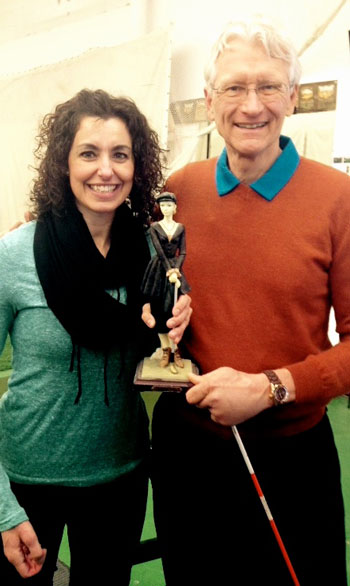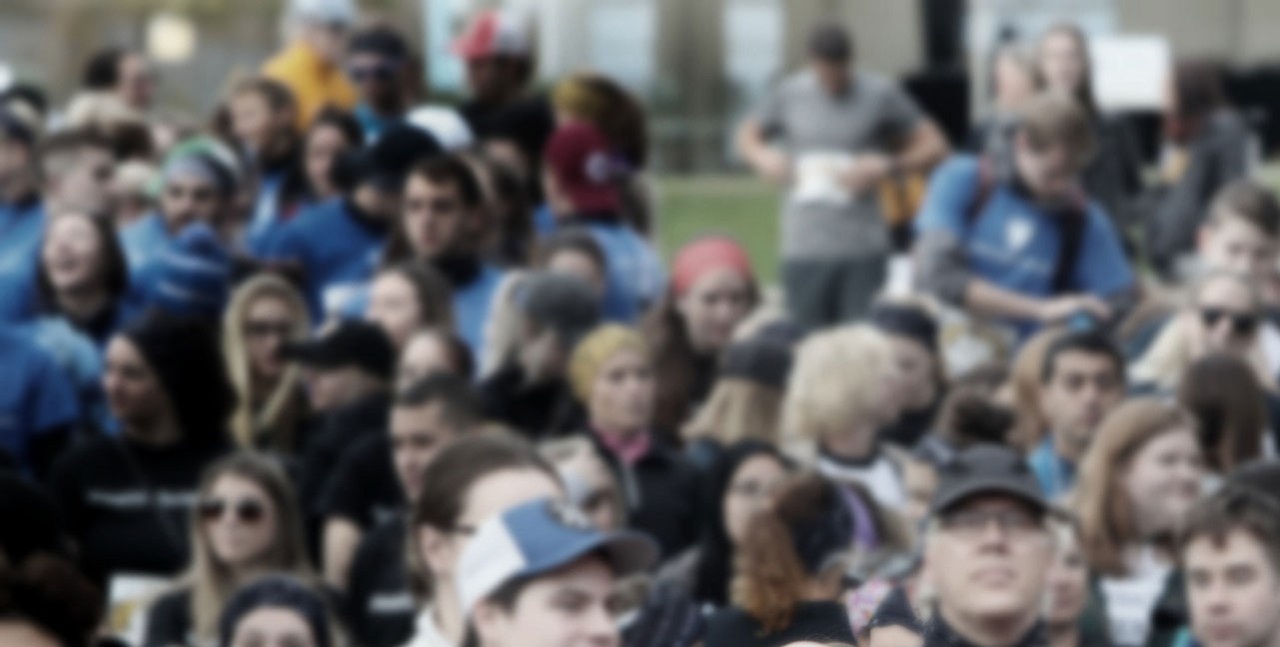News
» Go to news mainUnique Challenges for Young Stroke Survivors
 Rehabilitation can mean quite different things for stroke survivors since no two strokes are the same. Each survivor faces a different path to recovery based on the location in the brain where a stroke occurs.
Rehabilitation can mean quite different things for stroke survivors since no two strokes are the same. Each survivor faces a different path to recovery based on the location in the brain where a stroke occurs.
“Recovery from a stroke depends upon the extent of the stroke and what personal abilities it has affected for the individual,” says Dr. Diane MacKenzie, an assistant professor at Dal’s School of Occupational Therapy. “Strokes that affect the cognitive, perceptual or language areas often are more challenging to recover from than those only affecting an individual’s motor skills.”
Paralysis, trouble with memory, altered walking, difficulty reading and aphasia are commonly acknowledged effects of a stroke. Young stroke survivors, however, are faced with an added challenge: how their stroke and rehabilitation will impact their future. Often, young stroke survivors may have to create a new vision of the future for themselves than they had prior to their stroke.
Intensive Post-Stroke Programs
The School of Human Communication Disorders offers an intensive speech therapy program for people with aphasia post-stroke. Aphasia – an impairment in the ability to communicate as a result of brain injury – can have a broad impact on an individual’s life because it effects all aspects of interaction with others.
In the InteRACT program, participants spend five hours a day on speech and language therapy, five days a week for four and a half weeks. “It’s about communication, and returning to a productive life and looking into something that’s going to give them something to feel positive about themselves,” says Linda Wozniak, a speech language pathologist and the program director.
The trouble when you’re young and you’ve had a stroke is you have to ask yourself ‘What’s the new life path?’” Linda explains. “You have a goal, you know where you’re going and then all of the sudden there is a big detour put in the middle of the road.”
Participants in the program also receive physiotherapy twice weekly, recreation therapy, and participate in discussion groups, lecture series and book clubs, with reading supports based on the level of aid they need.
During this spring’s InteRACT program, Linda met Rosa Valente, a young stroke survivor. Prior to her stroke, Rosa was a national fitness competitor and certified pro-trainer.
Rosa suffers from aphasia as a result of her stroke and she and her family fundraised for her to attend the InteRACT program. Rosa says the most difficult things she has had to work on are her speech – she’s currently working on creating complete sentences in response to questions – and regaining control over her arm, for which she attends physiotherapy twice a week..
“The trouble with aphasia is that it’s severity will determine whether or not people will be able to go back to work,” says Linda. “Maybe the kind of work they did before, they won’t be able to do again.”
For young survivors with most of their working years ahead of them, grappling with a new and unexpected future can be a major challenge.
Unique Challenges for Young Survivors
“Stroke and brain injury is trouble no matter when you have it. But for someone who is young they haven’t gotten to do what they wanted to do yet,” says Linda.
Questions about the future and a loss of control are stroke side effects that may have powerful consequences for younger survivors. Unfortunately, for many survivors the social supports in place prior to the stroke aren’t there in the aftermath.
“Resuming their typical lives and maintaining social connections is often the biggest challenge young stroke survivors’ face,” says Gail Creaser, a lecturer with Dal’s School of Physiotherapy.
“In my experience, retaining friendships can be a big challenge, especially if the brain injury is severe or the recovery period is protracted. Friends may come around initially but it takes work to relate to someone who’s behavior has changed, who maybe frustrates easily [and] isn’t that fun person he/she once was.”
Best Practice and Interprofessional Care
“It is a big deal, for a young person at the point in life of learning and beginning to exert independence to find him/herself in a situation where most control has abruptly disappeared,” says Gail. “It is our challenge, as parents and health professionals, to offer or structure opportunities for this young person to begin to regain some control.”
Linda believes an interdisciplinary approach is needed for successful stroke recovery for all survivors, but especially for young survivors: “I can make someone sit in my office all day and help them speak, but if they don’t get out there then they won’t ever be able to use those skills.”
Linda notes that stroke recovery involves a lot of different types of interventions from different health professions, which is why the InteRACT program involves speech and language pathology, physiotherapy and recreation therapy. “During the recreation therapy portion of InteRACT, we look into what kind of leisure activities they did before and ask can they still do those or are there other activities they might be interested in.”
“Interprofessional care for stroke survivors is evidence informed best practice – no other way to deliver care should be done - period!” says Diane. “It is very important for the survivor to receive client-centered coordinated and integrated care.”
“Recovery is complex and an IP team is better able to set reasonable and achievable goals with the patient than a group of healthcare providers focused only on profession-specific goals. Decisions can be made collaboratively and team members can share some of the tasks that are less profession-specific but are important to that patient's overall rehabilitation and discharge,” adds Gail.
The New Future
The level of recovery possible is dependent upon the severity and location of the stroke, but Linda notes “intensive care early on has proven to be the most effective.”
As for Rosa, she’s still working with a physiotherapist and speech-language pathologist. For fun, she took some golfing classes while in the InteRACT program last year and says she looks forward to getting back to golfing this summer.
“She has a good swing,” Linda adds.
**For health professionals looking into best practice care for stroke survivors, the Canadian Stroke Best Practice Guideline is a great on-line resource.
Recent News
- Practicing what we preach: The importance of leisure and recreation for those who study, teach and work in health
- Dal Health announces new Associate Dean, Equity and Inclusion
- New Director announced for College of Pharmacy
- PhD in Health candidate recognized for her innovation in cancer research
- Dal Health’s School of Nursing to offer Atlantic Canada’s First Master of Nursing, mental health and addictions
- Dr. Catherine Mah is taking aim at social impacts on food purchasing and diet
- Faculty of Health research project finds creative culmination in Nocturne 2023 exhibit
- STAFF SNAPSHOT: Wendy Terris Klaus, Manager, e‑Learning, School of Social Work
